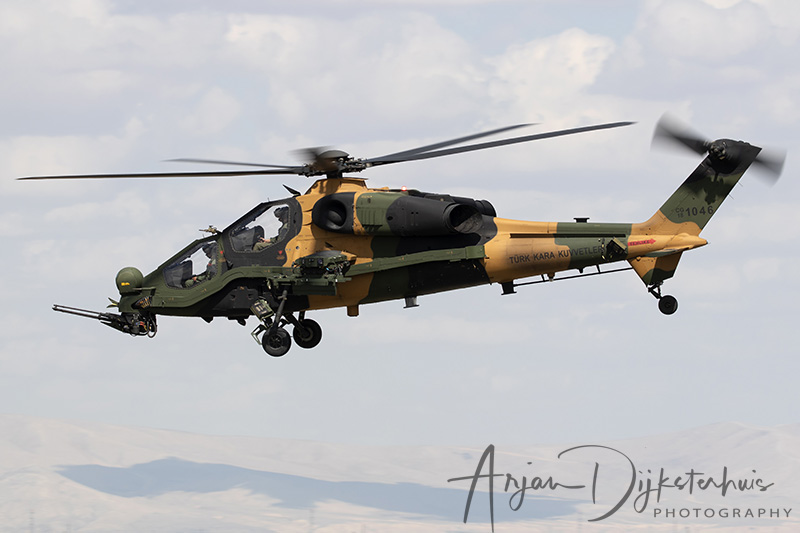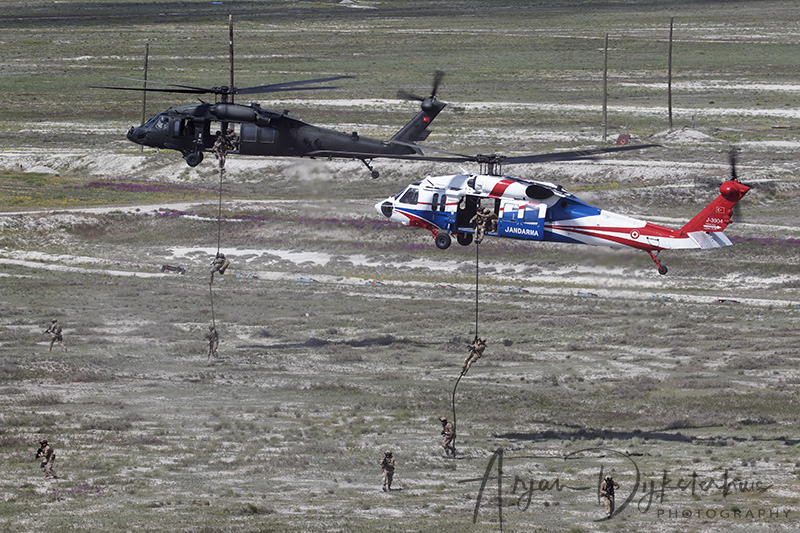
Close to 450 military personnel, twenty-one helicopters, fixed wing aircraft and an Unmanned Combat Arial Vehicle (UCAV) gathered at Konya Air Base, Turkey, for two weeks of intensive training. Between the 16th and the 27th of May, the Turkish Air Force (Türk Hava Kuvvleteri) hosted the international edition of the Anatolian Phoenix exercise at their 3rd Main Jet Base near the city of Konya in the South-West part of central Turkey. All branches of the Turkish defence participated in the exercise together with Poland and Azerbaijan, with flying assets from Turkey, the Turkish Republic of Northern Cyprus and Azerbaijan.
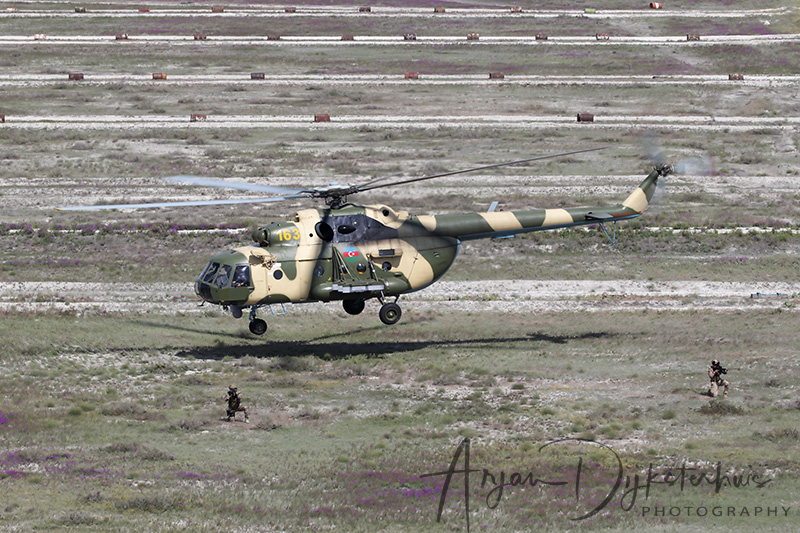
Exercise Anatolian Phoenix is normally held twice a year since 2008. So far eighteen national and seven international exercises have been executed. Anatolian Phoenix is a Combined Joint Task Force (CJTF) exercise for combat ready aircrew and personnel giving maximum freedom for the participants to solve the problems they are facing in several tactical scenarios. They are responsible for planning all kinds of missions such as Close Air Support (CAS), Time Sensitive Targeting (TST), Combat Search and Rescue (CSAR), Ground Assisted Air Interdiction (GAAI), Point Defence, Hostage Rescue, Casualty Evacuation (CASEVAC) and Infiltration/Exfiltration missions.
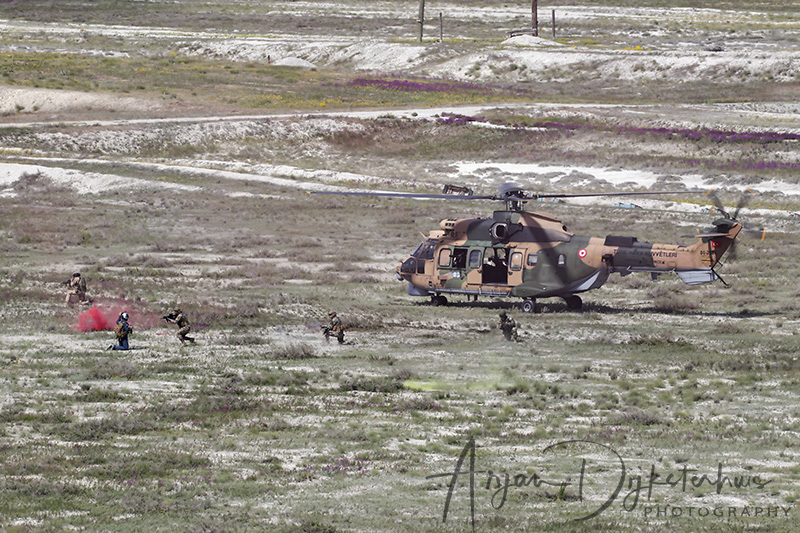
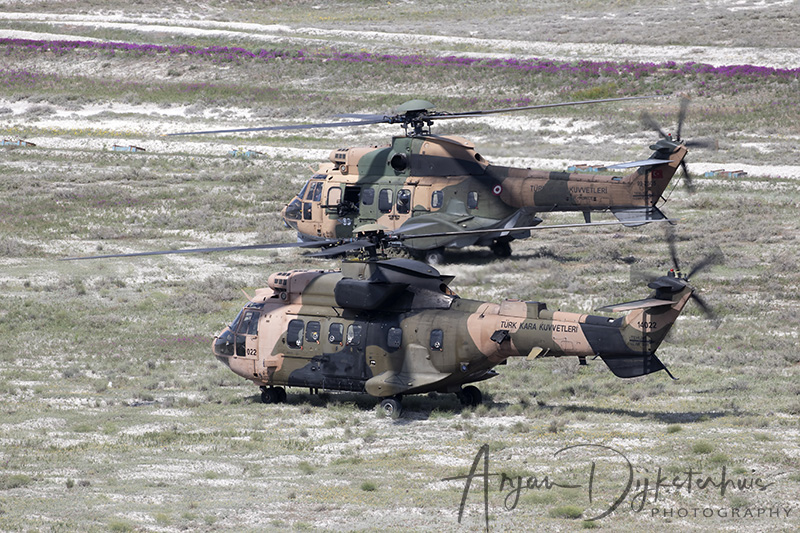
The aim of the exercise is to improve the command and control process of rescue operations and the interoperability between the participating countries and their units in a combat environment, by sharing ideas and knowledge between the participants, to develop methods and to increase the level of experience by all the crewmembers involved.
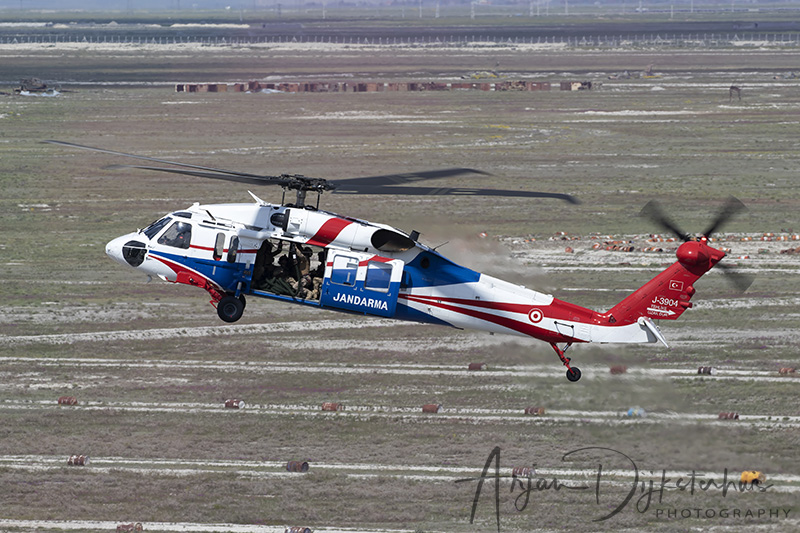
The air base of Konya is well situated for exercises like this. The Konya shooting range is in the vicinity, located just a few miles to the south-east side of the city of Konya. A large lake near the city of Beyşehir was also used for Search and Rescue (SAR) training missions. The exercise included night flying missions and a variety of locations were used during the exercise, depending on the scenario that day. Mountain flying was also practiced on multiple places around the air base.
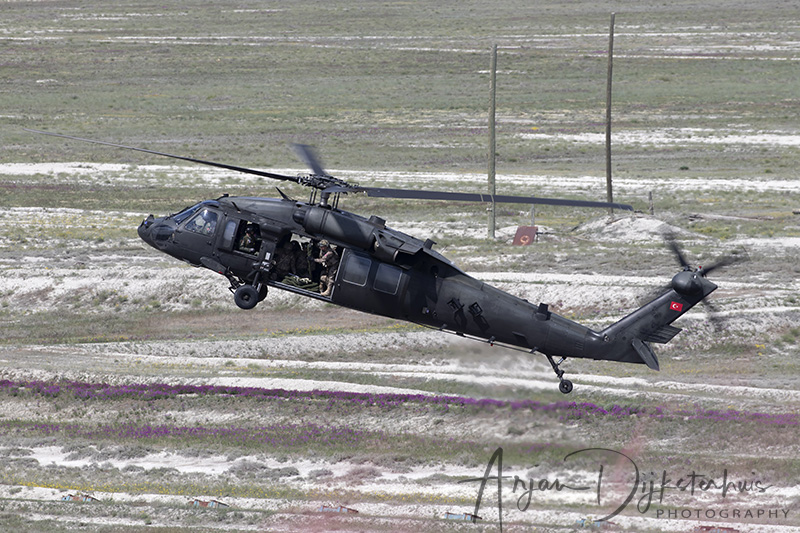
Anatolian Phoenix 2022-1
Host nation Turkey participated with several types of aircraft, helicopters and a single UAV. Locally based units participated with one Boeing E-7T AWACS (Early Warning and Control System) operated by 131 Filo, eight F-16s assigned to 132 Filo, one CASA CN-235 transport aircraft and multiple AS532 Cougar helicopters operated by 135 Filo. The Turkish Air Force also provided four CSAR-teams and two JTAC-teams. The Türk Kara Kuvvleteri (Turkish Army) participated with three types of helicopters; one Isparta based S-70A Blackhawk and one T129B ATAK helicopter also from Isparta. A second T129B ATAK helicopter, based at Izmir, participated as well. Both the Army and Navy (Türk Deniz Kuvvetleri) provided a CSAR-team. The Turkish Special Forces Command (Özel Kuvvetler Komutanliği) and the Gendarme (Türk Jandarma Havacılık Başkanlığı) both participated with one of their Ankara based S-70 Blackhawks and one CSAR-team. The Jandarma Blackhawk was the most colourful helicopter is this exercise. One Cougar and one CSAR-team from the Turkish Republic of North Cyprus Security Forces Command, based in North Cyprus, also took part in the exercise. The Azerbaijan Air Force is a regular participant and brought a pair of two Mi-17-1V helicopters to Konya Air Base. These helicopters are operated by 3-cu Eskadrilya, based at Qala Air Base, near Baku, in Azerbaijan. Two Azerbaijani CSAR (Combat Search and Rescue) teams joined the exercise as well, making it a total of ninety military personnel participating. Poland however did not bring one of their helicopters but joined with an JTAC-team and a CSAR-team instead. The Romanian Air Force originally planned to participate with a pair of IAR-330L SOCAT helicopters, but they were withdrawn from the exercise due to the current situation in their neighbour country Ukraine.
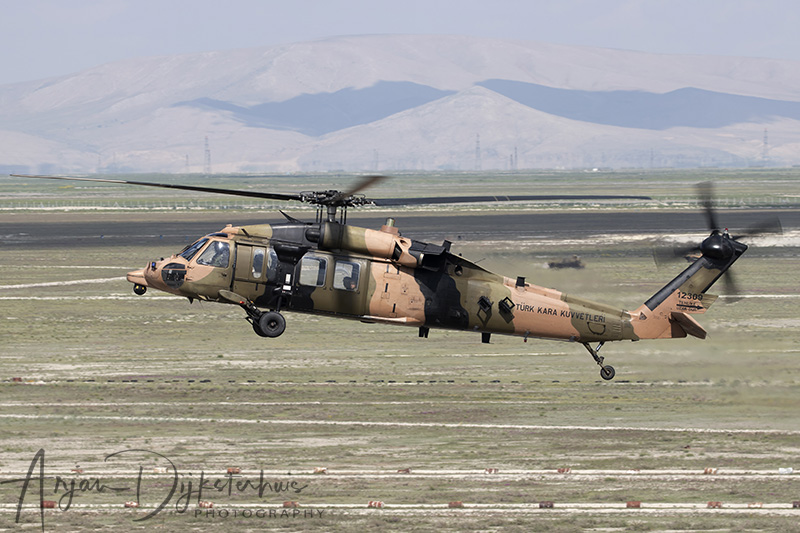
The exercise was observed by observers from a variety of countries including Bulgaria, Burkina Faso, Chad, Libya, Lithuania, Nigeria, Northern Macedonia, Oman, Senegal, South Africa and Uzbekistan.
A big difference between previous editions and this year’s edition is the integration of the ANKA-S UCAV (Unmanned Combat Arial Vehicle) as part of the CSAR (Combat Search And Rescue) missions while multitasking and at the same time effectively making use of the E-7T AWACS as an Airborne Air boss. One of the pilots, a Major, explains how they integrated the ANKA-S into a CSAR mission; “The ANKA-S is a UCAV with a high resolution camera (both daylight and Infra-Red), satellite real-time data transfer capability, long endurance, guided munitions laser designation and delivery capability, radio frequency relay capability, electronic PLS (Personnel Locator System) search capability with secure Quickdraw-II system and is able to verify the survivor, for example a downed pilot, both physical and with electronic systems. So, this made our job much more easier this time and also for the Joint Personnel Recovery Control Centres (JPRCC).”
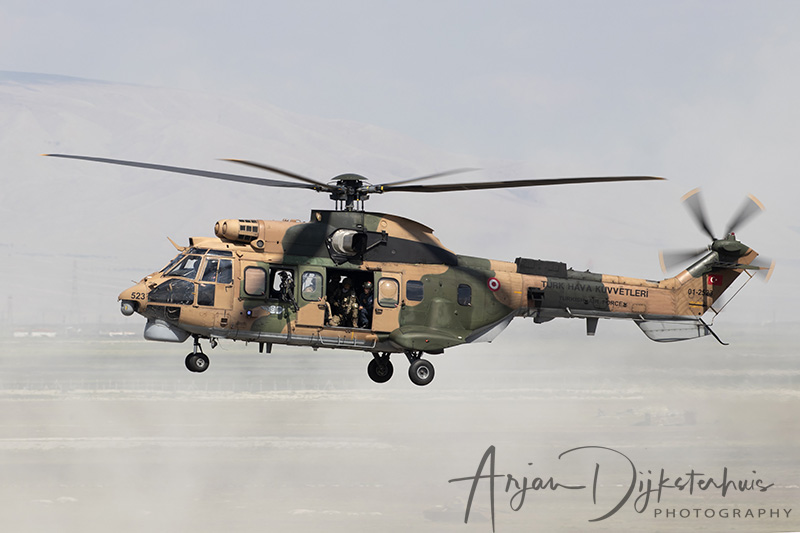
The E-7T AWACS aircraft is also used for enlarging the radar coverage and relaying the radar images of blue (friend) and red (enemy) aerial vehicles to the Joint Personnel Recovery Control Centres and also it was used for electronic PLS search. “At low altitudes helicopters are invisible to enemy radars but they remain invisible to our radars too. With the capability of E-7T we were able to get the real-time radar images of all blue and red forces aerial activity at JPRCC and make timely decisions to accomplish the mission with no casualties.”
The Major continues “With the integration of these two systems, a CSAR helicopter pilots job had been easier this time. The ANKA-S finds the pilot, verifies him with its hi-res camera and electronic systems, protects him with its weapons or designates laser for fighters (which have more and heavy munitions) for eliminating upcoming threats. It also relays radio calls between the survivor and the escorting jets, helicopters and the JPRCC.”
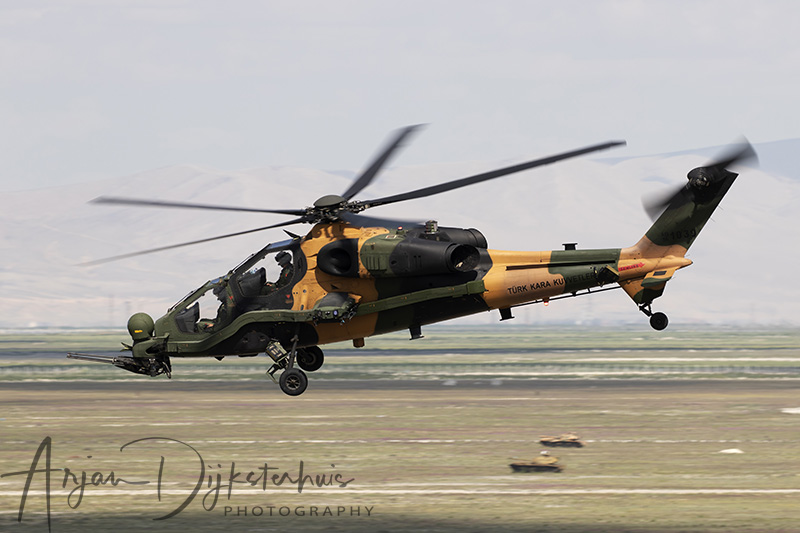
A total of hundred and seven missions were executed during the exercise. A pilot explained that “Planning was the key factor of CSAR missions this year. We spent plenty of time for planning all the assets every day, with a minimum of eleven aircraft for every single CSAR mission. With the precise planning and integration of all air and ground assets the mission periods to rescue the survivor got shorter with minimum or no additional casualties”.
